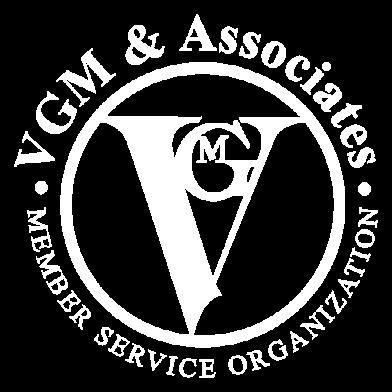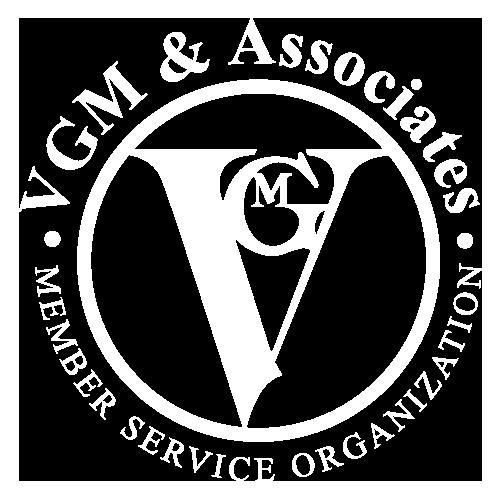




The healthcare industry is undergoing a significant transformation, driven by demographic shifts, technological advancements, and a growing emphasis on home-based care. At the heart of this evolution lies the durable medical equipment (DME) market, which includes a wide range of products designed to support patients with chronic conditions, mobility limitations, and post-acute care needs. This Industry Insights report explores five major DME segments—active wheelchairs, walkers, hospital beds, compression therapy devices, and orthopedic braces—and highlights the key trends shaping their growth.
The North American market for active wheelchairs is experiencing robust growth. This market is valued to represent a compound annual growth rate (CAGR) of 7.7%, the highest among the segments discussed.
This growth is fueled by several factors. Advances in lightweight materials and ergonomic design have made wheelchairs more comfortable and easier to maneuver. Additionally, the integration of smart technologies—such as motorized assistance, GPS tracking, and health monitoring—has significantly enhanced user experience. The increasing participation of individuals with disabilities in sports and active lifestyles is also contributing to the demand for wheelchairs.
7.7 %
The market for walking aids, including walkers, is also on an upward trajectory. Industry reporting and analysis reflect that this market will see a CAGR of 6.5% from 2025 through 2029. This growth is largely driven by the aging global population and the rising prevalence of mobility-related health conditions such as arthritis and Parkinson’s disease. Modern walkers are increasingly designed with user comfort and safety in mind, featuring foldable frames, adjustable heights, and even smart sensors that can detect falls or monitor walking patterns. As more seniors choose to age in place, the demand for reliable and easy-to-use mobility aids continues to rise.
Hospital beds represent one of the largest segments in the DME market. This segment is project to grow at a CAGR of 6.8% through 2032.
The increasing shift toward home-based healthcare is a major driver of this growth. Patients recovering from surgery or managing chronic illnesses often require hospital-grade beds at home to ensure comfort and safety. Modern hospital beds are equipped with features such as adjustable height, electronic controls, and integrated monitoring systems, making them suitable for both clinical and residential settings. The demand is also being bolstered by the expansion of long-term care facilities and rehabilitation centers.
6.8 %

Compression therapy devices, which are used to treat conditions such as lymphedema, deep vein thrombosis, and chronic venous insufficiency, are gaining traction. The market is expected see a CAGR of 5.5% from 2024 to 2034.
The rise in chronic diseases, particularly those related to poor circulation and diabetes, is a key factor driving demand. Additionally, the use of compression therapy in sports medicine and post-surgical recovery is expanding. Innovations in wearable technology are also making these devices more user-friendly, with some models offering real-time feedback and app-based monitoring.
market is expected see a CAGR of 5.5% from 2024 to 2034.
5.5 %

Orthopedic braces are essential tools in injury prevention, post-operative recovery, and chronic condition management. The market is projected to grow at 5.04% from 2025 to 2030.
The increasing incidence of musculoskeletal disorders, sports injuries, and orthopedic surgeries is fueling demand for braces. Advances in materials and design have led to more comfortable, breathable, and customizable products. The adoption of 3D printing technology is also enabling the production of personalized braces that offer superior fit and support.
The durable medical equipment market is not only expanding, it is evolving to meet the complex and changing needs of modern healthcare. With strong growth across all major segments and a clear trend toward innovation and patient-centric design, the future of DME looks promising. Stakeholders who invest in quality, technology, and accessibility will be well-positioned to thrive in this dynamic and essential industry.
6 News • Ottobock • 27 May 25 • “Orthopedic Braces & Supports Market Focused Insights 2025-2030, with Key Vendor Profiles for BREG, Bauerfeind, DeRoyals, Enovis, Ottobock, Ossur and Tynor [Financial Services Monitor Worldwide]”

VGM Industry Insights provides data-driven analysis and trends within the durable medical equipment, prosthetics, orthotics, and supplies (DMEPOS) sector. Our focus areas include market trends, innovation, and strategic decision-making, helping stakeholders stay informed and competitive. We are committed to a forward-thinking approach, continuously monitoring industry developments to drive progress and innovation.

ALAN MORRIS SVP of Strategy

TYLER COULANDER Market Strategy Manager

